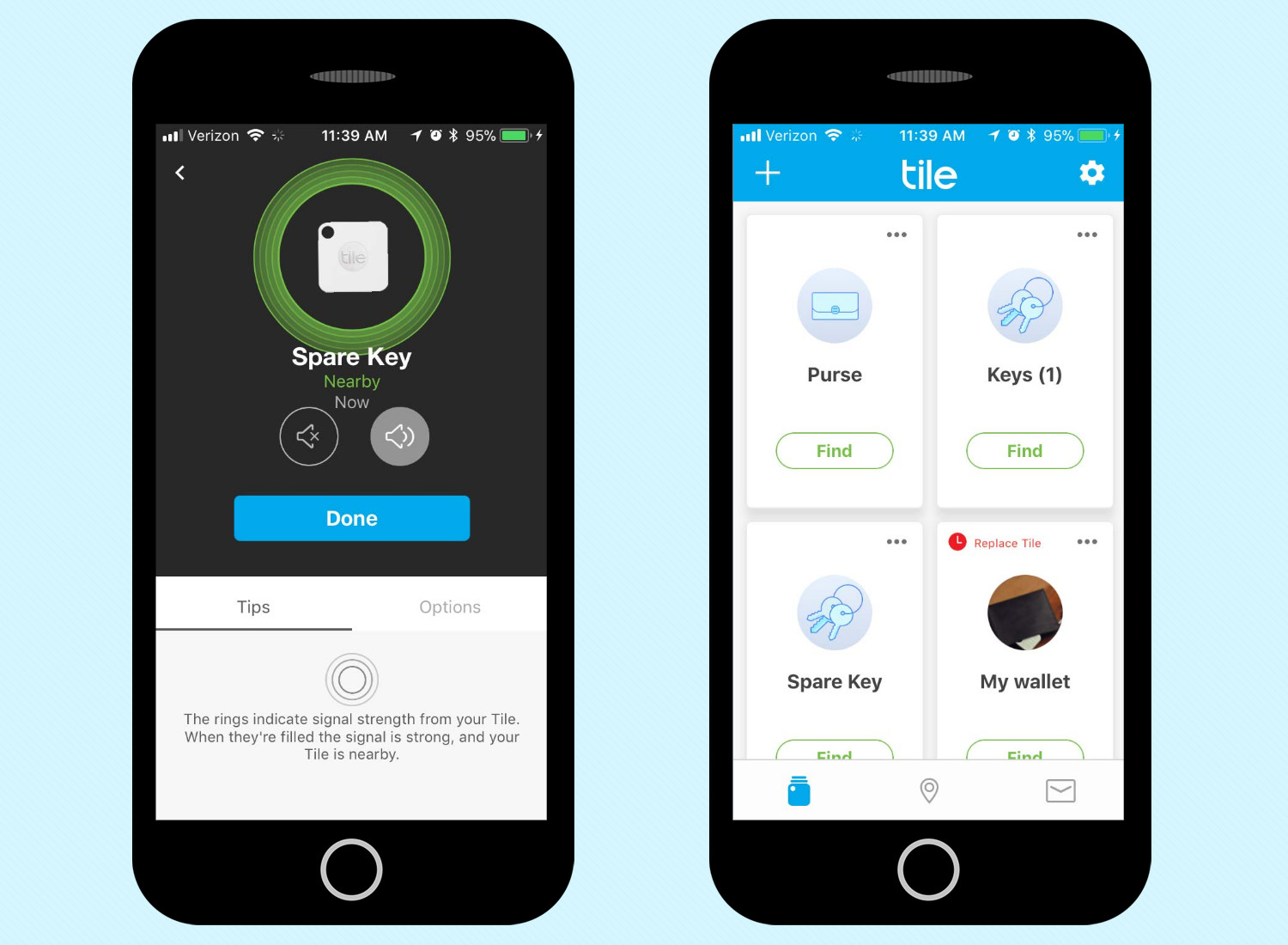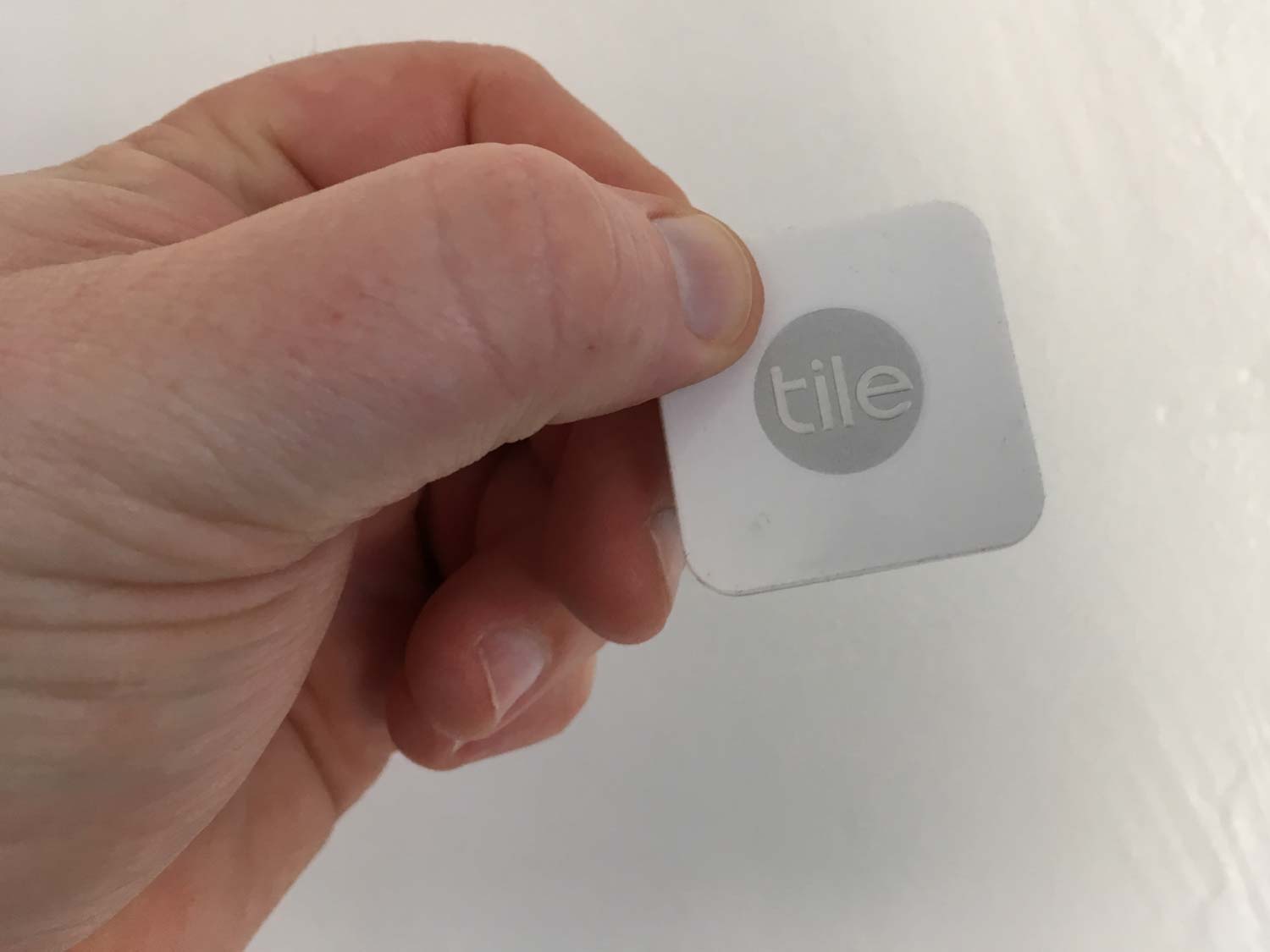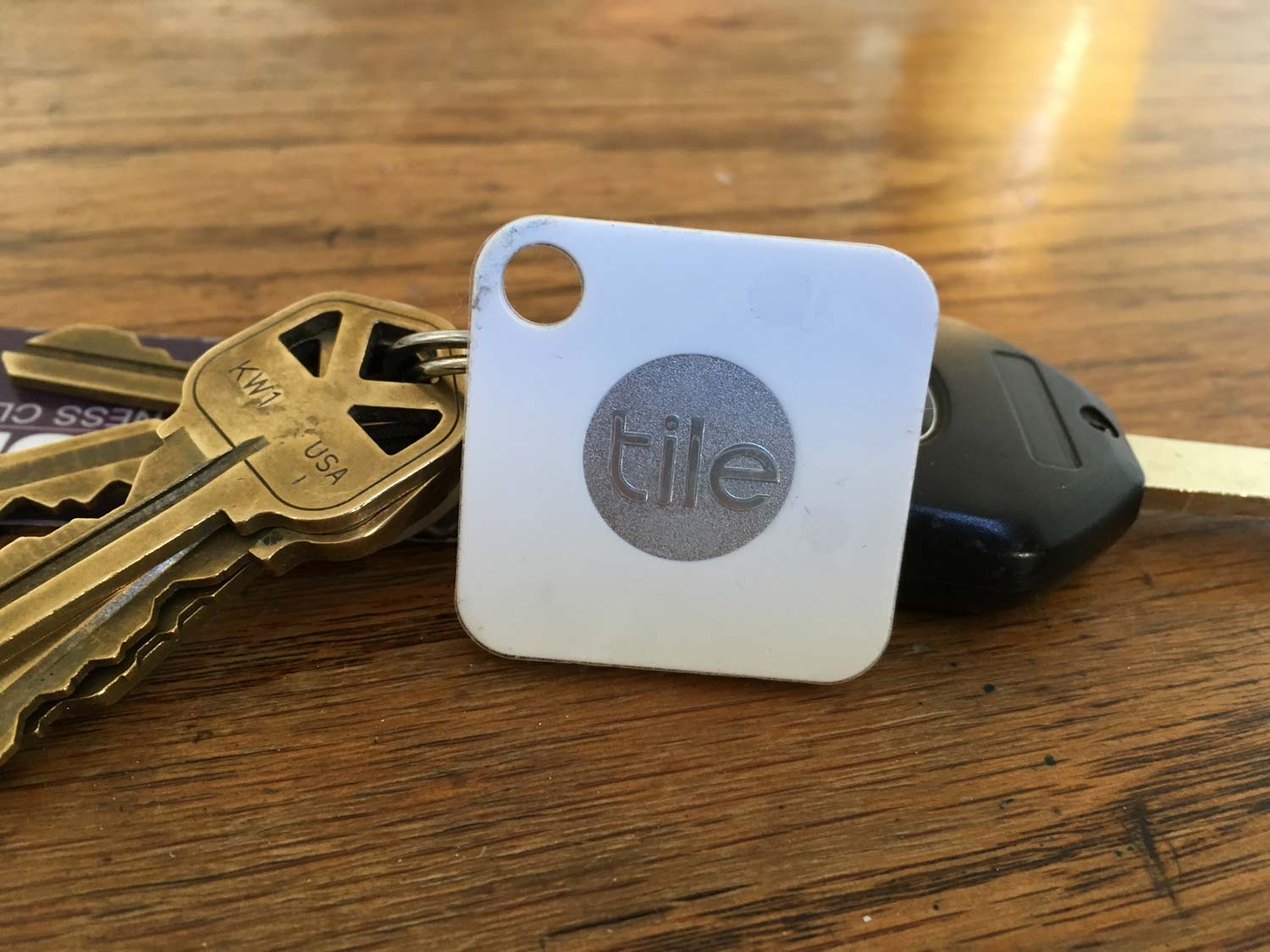Tom's Guide Verdict
The Tile Mate remains a good choice for a key finder, with consistent performance and a good two-way find feature.
Pros
- +
Compact design
- +
Good range
- +
Two-way finding capabilities
- +
Audible alert noise
Cons
- -
No geofence capability
- -
Battery can't be replaced
- -
Cluttered app
Why you can trust Tom's Guide
Tile may have ushered in its fancy Tile Pro series, featuring stylishly designed key finders that promise loud alarms and a 200-foot range so that your keys will never be left behind again. But it continues to sell the Tile Mate, which remains an excellent alternative if you don't want to pay $35 for either the Tile Sport or Tile Pro.
The $20 Tile Mate may not have the bells and whistles of its more expensive siblings, but it still does an excellent job of keeping tabs on your keys. What's more a two-way find feature lets you use the Tile Mate to locate your missing phone. It's the key finder to get if you're not looking to spend more than $30 on a gadget.
Update (April 27)
Since we posted this review of the Tile Mate, Tile dropped the price from $25 to $20, making it an even better value. If you're a Comcast customer, Tile just struck a partnership with the cable and internet provider that lets you locate your keys using the Xfinity X1 Voice Remote. Just ask where your keys are (or any object you've attached the Tile Mate to), and its last known location will appear on your TV screen. Comcast says the service, which requires the Xfinity Home app for your smartphone, will expand to all Xfinity internet customers later this year.
Tile Mate Specs
| Model | Tile Mate | Tile Sport | Tile Style |
| Price | $25 | $35 | $35 |
| Size | 1.3 x 13. x 0.2 inches | 1.6 x 1.6 x 0.2 inches | 1.5 x 1.5 x 0.2 inches |
| Listed Range | Up to 100 feet | Up to 200 feet | Up to 200 feet |
| Tested Range | 68 feet on average | 160 to 170 feet on average | 160 to 170 feet on average |
| Loudness Claimed | 88 decibels | 98 decibels | 98 decibels |
| Compatibility | Android, iOS | Android, iOS | Android, iOS |
| Colors | White | Black | White and Gold |
What's New with the Tile Mate?
The biggest change from previous versions of Tile's key trackers is the Tile Mate's size. At 1.3 x 1.3 x 0.2 inches, the Tile Mate is noticeably smaller than the 1.5 x 1.5 x 0.2-inch Tile Gen 2, which makes this model a better fit on your key chain. The Tile Mate boasts an 88-dB alarm, which is a fraction quieter than the 90-dB alarm on the older version, though not anything I noticed during my testing. (The newer Sport and Style trackers are noticeably louder, as is the Chipolo Plus.) You can choose from among four alert noises with the Tile Mate, and the button on the Mate that you press when you want to find your phone is now outlined in gray, making it easier to spot.
MORE: Best Key Finder
Incidentally, Tile includes another tracker in its portfolio, the card-shaped Tile Slim, which is 0.9 millimeters thin, making it better-suited for tucking into a wallet. The Slim has the same features as the Tile Mate, though its range was more limited. (We lost contact with the Tile Slim at 48 feet on average, while the Mate's range was around 68 feet in our tests.)
How the Tile Mate Performs
As with other key trackers, you attach the Tile Mate to your key chain — or any other object you don't care to lose — and use Bluetooth to connect the Mate with your phone. A Tile app on your Android or iOS device lets you sound the alarm on any object you've misplaced. Tap the Find button in the app, and the Tile will start playing a jaunty tune until you tap the Find button again. A map built into the app displays the last location where your Tile was logged, though don't expect a detailed view.

Tile has revamped its companion app, which you use to control any of its various trackers. The new look is a bit cluttered for my taste, loaded down with tips and options when really, the main purpose of the app is to reunite you with your lost stuff.
The Tile Mate's range remains among the best of the key finders we've tested. I was routinely able to sound an alert as far 74 feet away (though I had trouble hearing the alarm past 55 feet in a crowded city park). The Mate was a little erratic when re-establishing a connection with my phone, but typically, I could reconnect within 40 to 50 feet of the tracker.
If you can't find your Tile Mate (and, more importantly, the object it's attached to), you can mark the device as lost. You'll get a notification should the Tile Mate ever come back within range, and a crowd-finding feature lets other users help you locate any missing objects, though that feature depends on other Tile-toting users being honest, and located in the vicinity.
Tile's two-way tracking feature, added a few years ago, is still a welcome part of the Tile Mate. Just press the lone center button on the Mate, and your phone will sound an alarm that keeps playing until you unlock the phone or launch the Tile app.

As with past Tiles, the Tile Mate's battery should last about a year before it runs out of juice. You can't replace the battery, but I'm less bothered about this than I was with the original Tile, as the company has a fairly robust Tile replacement program in place. Prior to the battery on your current device going kaput, Tile sends you an email with an offer to upgrade to a new device at a significant discount. (You get 50 percent off when you upgrade, as of this writing.) It's a bit of a hassle not being able to pop in a $4 battery instead, but at least Tile's regular hardware updates mean you can generally expect an improved version of the device.
The Tile Mate still lacks a geofencing feature, which would send alerts to your phone whenever you're out of range of your keys. So if you consider that a must-have feature, look to the similarly priced TrackR Pixel.
Bottom Line
From its smaller design to its dependable performance, Tile's latest device remains at the head of the key-tracking class. While we'd welcome the addition of geofencing capabilities, the features the Tile Mate offers will help you find missing keys quickly.
Philip Michaels is a Managing Editor at Tom's Guide. He's been covering personal technology since 1999 and was in the building when Steve Jobs showed off the iPhone for the first time. He's been evaluating smartphones since that first iPhone debuted in 2007, and he's been following phone carriers and smartphone plans since 2015. He has strong opinions about Apple, the Oakland Athletics, old movies and proper butchery techniques. Follow him at @PhilipMichaels.
-
Tom72468 Pretty sure I clicked on "Best Amazon Digital Deals". This happens WAY too much on tom's guide.Reply -
Jetster How can you rate a product that has a non-replaceable battery as the best product. Seriously?!?!?. I don't own a key finder but that issue alone is enough to make me NEVER consider purchasing the product much less choosing it as the "BEST" product. SMH! Making the choice to have a product be "SKINNY and disposable" rather than reusable (via a replaceable/rechargeable battery) is the WRONG choice IMHO an disqualifies it fo "BEST" product regardless of other features.Reply -
roly519 Tiles customer service is subpar, almost nonexistent. The little service I was afforded was a total sham. I was stolen from and lied to. I ordered tiles of the company site. Paid for them. The next day I checked the status of the order and found it was canceled. I checked my bank and indeed my money had been returned. So I email tile customer support to see what the problem was and I received no response. Fast for 8 days. I received an email telling me the order was shipped..... I look at my bank account and indeed they took the money. The ironic thing is I just got tiles from Target. I no longer needed them. Another really sad part is I keep a checking account in a dif bank away from my daily accounts for buying things online. Sad to say I did not have all the funds to cover another box of tiles in that account. So it put me in the negative. Can you say NSF fee??? From here you can read the following interaction between Tile CS and myself. Enjoy and beware. Do not give these people your credit card info. Buy from a 3rd party if need be. I’ll add links momentarily. #tilemate #unprofessional #crooked #lies @tilematReply
https://ibb.co/ewXtOJ
https://ibb.co/k8k2Hd
https://ibb.co/dgzUxd
https://ibb.co/nqb9xd
https://ibb.co/k37Gcd
https://ibb.co/kCbWAy
https://ibb.co/nkyNHd
https://ibb.co/j4hSiJ
https://ibb.co/gb9jVy
https://ibb.co/ct97iJ
https://ibb.co/kcypxd
https://ibb.co/iEP7iJ
https://ibb.co/kKdpxd
https://ibb.co/gLCGcd
https://ibb.co/f5aDOJ
https://ibb.co/mWAf3J
https://ibb.co/jhBniJ
https://ibb.co/ebwniJ
https://ibb.co/digL3J


